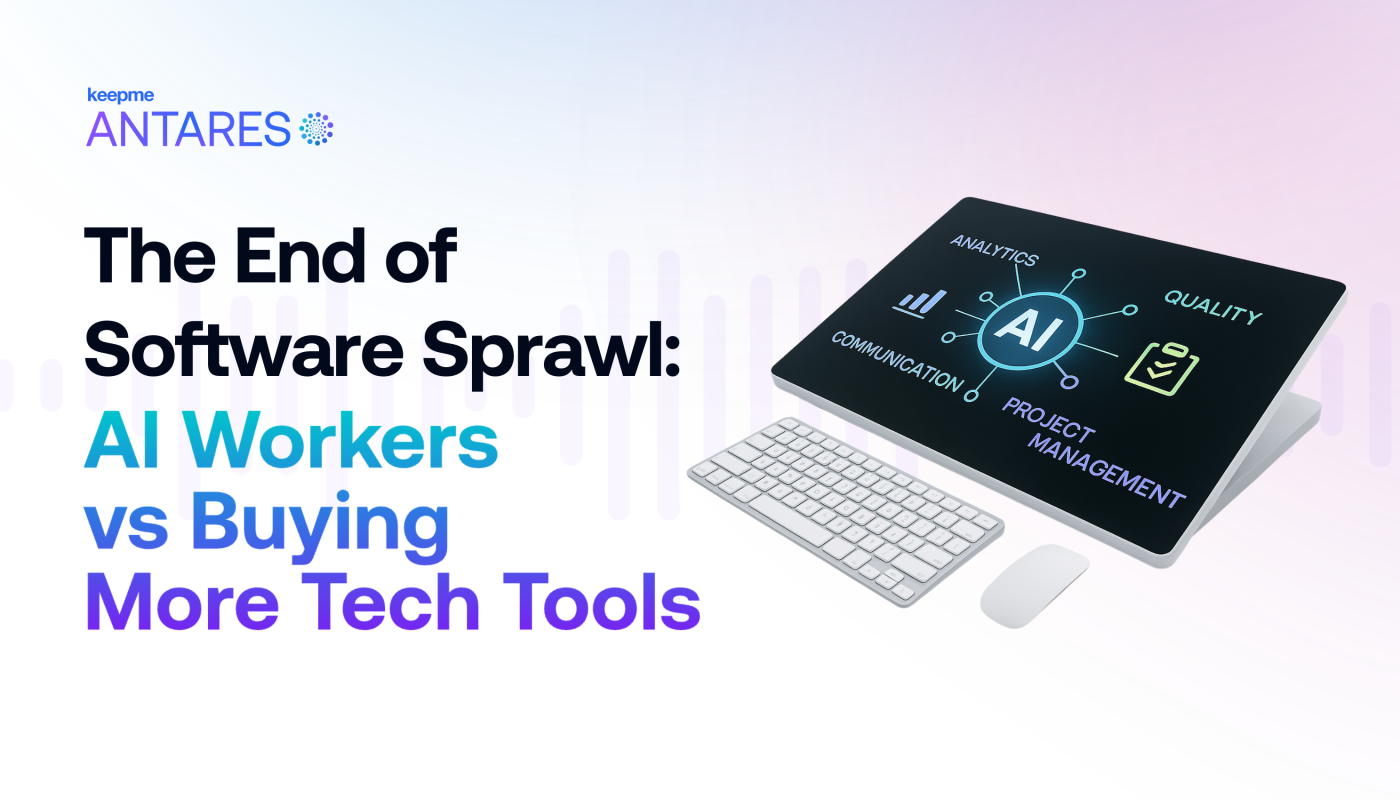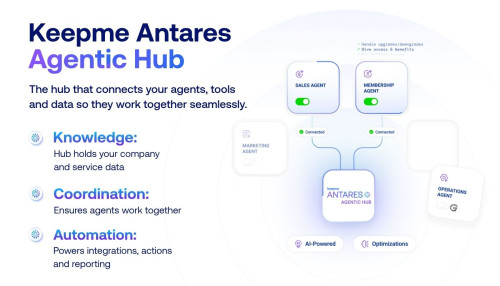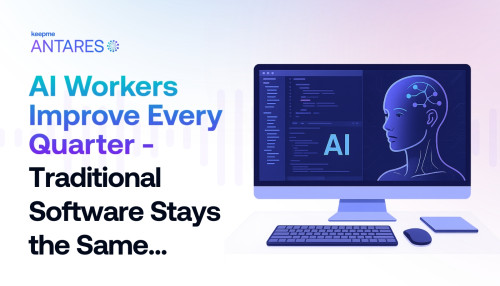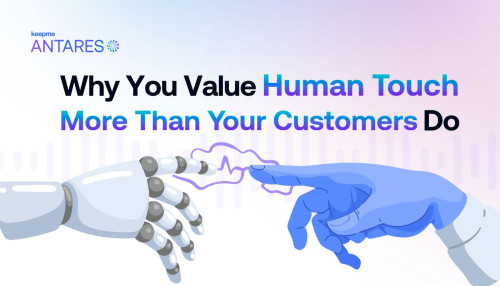After five years of developing technology for fitness operators in more than 16 countries, I’ve seen the same story play out again and again. Operators think their challenges are unique, but at the core, they’re all wrestling with the same issue. And it’s rarely the one they think it is.
The Hidden Cost of Platform Sprawl
Consider the reality of running a fitness business today. Each time a new problem arises, the reflex is to buy another system. Before long, the stack grows to half a dozen or more platforms: club management software, CRMs, booking tools, access control, billing, portals, scheduling, marketing, reporting.
What was meant to make life easier ends up creating complexity. Staff need to be trained on every platform, data gets trapped in separate silos, and any time a process changes you find yourself updating it in multiple places. The business becomes more about administering systems than serving members.
A Different Path Forward
Now imagine a completely different way of thinking. Instead of layering on more platforms, picture what it would be like to hire flawless employees. Ones who never call in sick, who never drift from process, who know your playbook inside out and deliver with total consistency.
When you bring on a salesperson, you don’t hand them a bag of disconnected tools and tell them to work it out. You give them a clear responsibility - convert prospects into members. They decide how best to get there.
This is the essence of AI agents. They aren’t just another piece of software. They are workers in their own right - employees powered by AI. Deploying one doesn’t mean bolting on another platform. It means hiring a new kind of team member.
From Administering Tools to Executing Jobs
The power of this approach becomes obvious with the first deployment. Take sales as an example. The AI agent absorbs every detail of your operation: pricing, policies, products, tone of voice, and workflow. That foundation of knowledge is built once.
When you expand into member services, you’re not starting over. You’re simply giving the same intelligent “employee” additional capabilities. The underlying knowledge remains the same, but the tasks expand.
The result is a shift in focus. You stop worrying about whether your CRM fields are updated or if someone replied to a message. The real questions become outcome-driven: how many tours were booked, what was the conversion rate, how are sales trending. The tangle of different platforms fades into the background.
Proof in the Numbers
This isn’t theory. Our sales agent has already produced a 185 percent uplift in tour bookings and a 49 percent improvement in conversions. These aren’t marginal improvements. They’re transformational shifts that cascade into significantly stronger margins. For the first time in decades, technology is moving the needle on profitability, not just operational efficiency.
The Decision Every Operator Must Make
AI agents aren’t a possibility waiting in the distance. They are already here, and their adoption is inevitable. The real question is whether you will lead that transition or scramble to follow.
Early adopters are locking in performance gains that competitors will find increasingly hard to match. You can either be the operator setting the pace or the one trying to claw your way back.
The capabilities have already reached the tipping point. The financial case is proven. The competitive shift is underway. The choice now lies with you.
---3.png)




